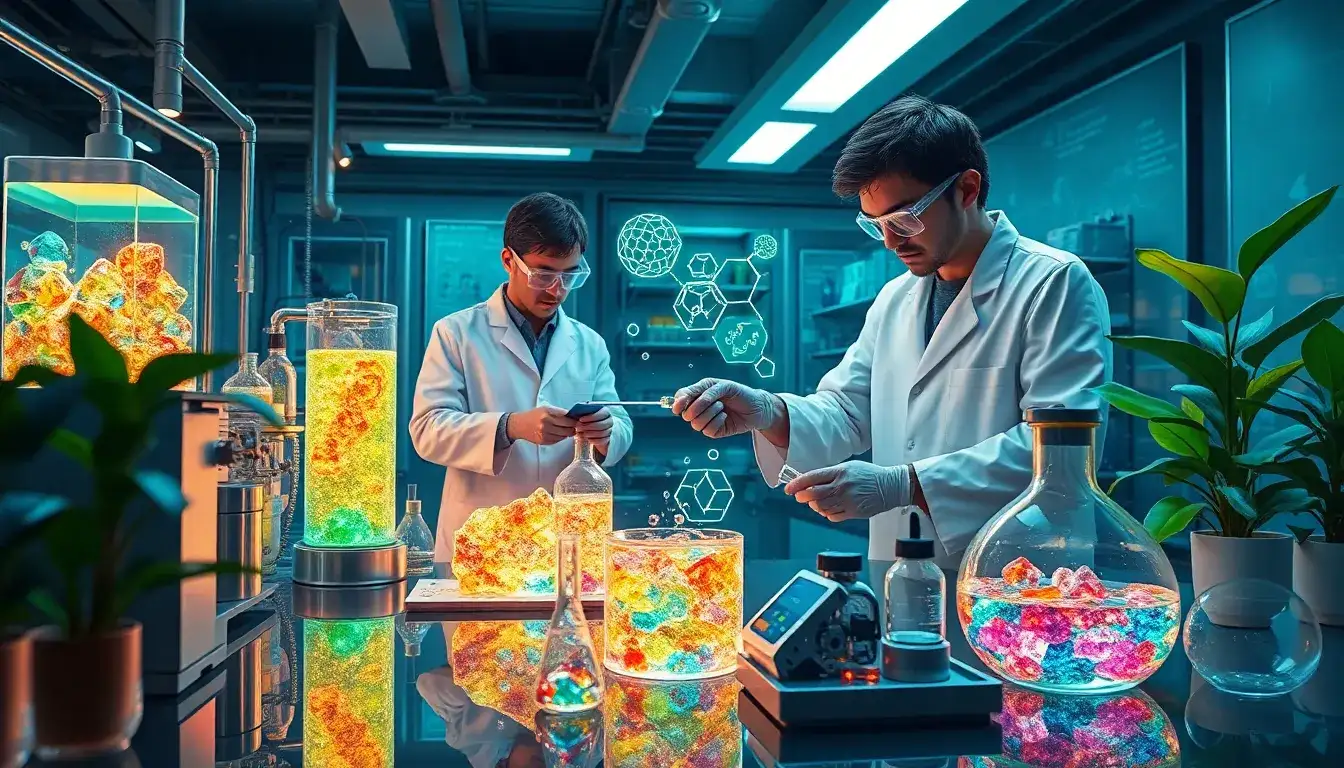
The Sustainable and Green Management of Spent Lithium-Ion Batteries Through Hydroxy Acid Recycling and Direct Regeneration of Active Positive Electrode Material: A Review
Abstract
The rapid increase in lithium-ion battery usage for energy storage, coupled with the limited availability of critical metals and environmental concerns, necessitates the urgent development of sustainable recycling technologies. This review discusses the chemistry, components, and designs of lithium-ion batteries, focusing on two primary recycling methods: pyrolysis and hydrometallurgical techniques. The novel approach of hydroxy acid leaching followed by direct regeneration of active positive electrode materials is emphasized as a promising sustainable method. This two-step technique offers advantages over conventional methods in terms of simplicity and commercial viability. The review also covers current literature on scalable processes, including battery pretreatment, leaching with hydroxy carboxylic acids, and regeneration techniques. The conclusion highlights the challenges and potential solutions for advancing hydroxy acid recycling and direct regeneration technology to mainstream application.
1. Introduction
The adoption of lithium-ion batteries (LiBs) for energy storage has surged in the last decade, particularly in mobile devices, transportation, and solar power systems. The ability of lithium ions to intercalate between graphite and layered metallic frameworks underpins the energy storage capacity of LiBs. This concept was first explored in the 1920s, with significant advancements made in the late 20th century, leading to the development of rechargeable Li-ion batteries. The increasing demand for LiBs is projected to rise dramatically, with estimates suggesting global battery demand could reach 2600 GWh by 2030.
The lifespan of LiBs varies based on usage; for instance, batteries in mobile electronics typically last 2-3 years, while those in electric vehicles may last 8-10 years. However, this widespread usage leads to substantial accumulation of spent LiBs. A 2017 assessment forecasted that over 400 million tons of spent LiBs would be disposed of by 2020, a figure that has likely increased due to the growing number of electric vehicles.
2. Working Principle of Lithium-Ion Batteries
Li-ion batteries function based on the movement of lithium ions between the positive and negative electrodes through an electrolyte. During charging, lithium ions migrate from the positive electrode to the negative electrode, while during discharging, they move in the opposite direction. The main components of a Li-ion battery include an active positive electrode material, a graphite negative electrode, and a polymer membrane separator soaked in an electrolyte solution.
3. LiB Recycling Methods
Recycling spent LiBs is crucial for sustainability and mitigating climate change. The recycling of valuable metals like lithium, nickel, manganese, and cobalt is essential due to their limited availability and the environmental impact of battery disposal. Various recycling technologies have been developed, primarily categorized into pyrometallurgy and hydrometallurgy.
3.1 Pyrometallurgy
This method involves smelting spent LiBs at high temperatures to produce metal alloys. While pyrometallurgy does not require extensive pretreatment, it consumes significant energy and results in the loss of organic materials and some metals.
3.2 Hydrometallurgy
Hydrometallurgy utilizes aqueous solutions to leach active materials from spent batteries. This process can be enhanced with the addition of reductants to improve metal recovery. The hydrometallurgical process generally comprises three steps: pretreatment, leaching, and filtration.
4. Hydroxy Acid Leaching
Hydroxy acids are effective leaching agents due to their ability to form stable complexes with lithium, nickel, manganese, and cobalt ions. These acids, which can be produced from natural sources or synthesized, have shown promise in achieving high recovery rates with minimal environmental impact.
5. Regeneration of Active Materials
The regeneration of active materials from leachate solutions can occur through direct methods such as co-precipitation and sol-gel processes. This eliminates the need to separate individual metals, streamlining the recycling process and reducing costs.
6. Current Challenges and Future Directions
Despite the advancements in hydroxy acid recycling and direct regeneration technology, several challenges remain. These include the need for effective battery sorting, efficient disassembly processes, and the optimization of leaching parameters. Addressing these challenges through improved labeling, battery design, and further research on hydroxy acids can enhance recovery rates and make these technologies more viable for widespread application.
Conclusion
The use of hydroxy acids for recycling spent lithium-ion batteries presents a sustainable and environmentally friendly approach. By optimizing leaching and regeneration processes, these methods could transform battery recycling into a profitable industry, significantly contributing to the circular economy. Further research and development are essential to realize the full potential of these innovative recycling technologies.
Original article by NenPower, If reposted, please credit the source: https://nenpower.com/blog/sustainable-recycling-of-spent-lithium-ion-batteries-via-hydroxy-acid-leaching-and-direct-regeneration-of-electrode-materials/


